To go to Porto you have to visit Rua dos Caldeireiros Portugal
Possibly the most "serviced" streets, a place that invites you for a walk, not to lose the detail of the door. Each house is a surprise. Still find old taverns here, small traditional shops, a lively nightlife in bars, but above all the Portuguese essence of tranquility and melancholy. Around the most important and recognizable monuments of Porto are but entering this road is like taking a leap in time, is transported to a movie. It stands out in the same chapel of our Lady Silva, patron of blacksmiths, boilers, etc., who is dedicated that the street here was
It is an alley to walk slowly and watch all those buildings glued together, their balconies, the drying clothes and the new trade that is beginning to emerge.
Rua dos Caldeireiros is a street of much tradition, history and work.
Your name already says ....
Rua dos Caldeireiros is a street of much tradition, history and work.
Your name already says ....
The old Rua da Ferraria de Cima, which only in 1780 was renamed Rua dos Caldeireiros, received this name because it was where a large number of blacksmiths workshops were concentrated. Where iron was melted for the most diverse arts, among them, wood ovens, braziers and ... boilers.
When I walk down Rua dos Caldeireiros I wonder how those doors were all open with blacksmiths working, banging the irons, producing objects so important for that time ...
When I walk down Rua dos Caldeireiros I wonder how those doors were all open with blacksmiths working, banging the irons, producing objects so important for that time ...
The first documentary reference to this street dates from 1234. We know, however, that the street is much older. Natural continuation of Souto Street - with which it shared its name - it established the connection between the primitive nucleus of the village, on Pena Ventosa hill and the gate of the Fernandina do Porto olive grove and, from there, to the Braga and Vila do Conde and Viana do Castelo, integrated in the Camino de Santiago.
When the Rua das Flores was torn down in 1522, the part of the former Rua do Souto to the west took on other names. Rua da Laje and Ferraria de Cima were names that adopted the street in the following centuries. "Ferraria de Cima", as opposed to "Ferraria de Baixo" (now Rua do Comércio do Porto), both places where the blacksmiths workshops were operating.
The blacksmiths had Nossa Senhora da Silva as patron of their respective brotherhoods. The one of the upper blacksmiths was formed at the St. John the Baptist Hospital, located on the same street, on August 22, 1599. In 1682, the brotherhoods of the upper and lower blacksmiths were legally obliged to join by sentence. of the Civil Correction Court and confirmed by the Senate of the Relationship that "that their confreres, those from below and those from above" should be united, and that at the service of the Brotherhood that would result from this merger, "there were only a revenue and expenditure book, one commitment [ie, bylaws], one registrar and one provider. "
In 1616 we have references to "Rua da Caldeiraria", being the current name of Rua dos Caldeireiros for the first time in 1780.
The headquarters of the new Brotherhood of Nossa Senhora da Silva became the current street of Caldeireiros. The unification of the brotherhoods also implied changes with the hospitals. Thus, the existing hospital of St. John the Baptist, joined the hospitals of Santa Catarina and Santiago, coming from the riverside. The Santiago Hospital functioned primarily as a pilgrim hostel and was under an obligation "to provide clean, good beds in which to accommodate nine of these pilgrims who will be given entry and exit rations, and fire, water, and salt for them. make mister ". Blacksmiths have always been great devotees of Our Lady of Silva, of St. John the Baptist and of St. Baldomero, whose images appear in the chapel of the fellowship, of course, of Our Lady of Silva.
Also at Rua dos Caldeireiros, on the corner of Rua das Flores, was the old hospital of Rocamador, the first to be founded in Porto, still in the time of D. Sancho I, expanded and completely reformulated by the Santa Casa da Misericórdia do Porto, adopting the name of hospital of D. Lopo de Almeida. This became the citys main hospital center until the opening of the St. Anthonys hospital in 1799.
Still in Rua dos Caldeireiros, until 1869, there was the cruise of Senhor da Boa Fortuna. Having disappeared the cruise, the image is still conserved in a niche that is in the corner of the street of Ferraz.
The blacksmiths had Nossa Senhora da Silva as patron of their respective brotherhoods. The one of the upper blacksmiths was formed at the St. John the Baptist Hospital, located on the same street, on August 22, 1599. In 1682, the brotherhoods of the upper and lower blacksmiths were legally obliged to join by sentence. of the Civil Correction Court and confirmed by the Senate of the Relationship that "that their confreres, those from below and those from above" should be united, and that at the service of the Brotherhood that would result from this merger, "there were only a revenue and expenditure book, one commitment [ie, bylaws], one registrar and one provider. "
In 1616 we have references to "Rua da Caldeiraria", being the current name of Rua dos Caldeireiros for the first time in 1780.
The headquarters of the new Brotherhood of Nossa Senhora da Silva became the current street of Caldeireiros. The unification of the brotherhoods also implied changes with the hospitals. Thus, the existing hospital of St. John the Baptist, joined the hospitals of Santa Catarina and Santiago, coming from the riverside. The Santiago Hospital functioned primarily as a pilgrim hostel and was under an obligation "to provide clean, good beds in which to accommodate nine of these pilgrims who will be given entry and exit rations, and fire, water, and salt for them. make mister ". Blacksmiths have always been great devotees of Our Lady of Silva, of St. John the Baptist and of St. Baldomero, whose images appear in the chapel of the fellowship, of course, of Our Lady of Silva.
Still in Rua dos Caldeireiros, until 1869, there was the cruise of Senhor da Boa Fortuna. Having disappeared the cruise, the image is still conserved in a niche that is in the corner of the street of Ferraz.
Outros Artigos Populares no Blogue
-
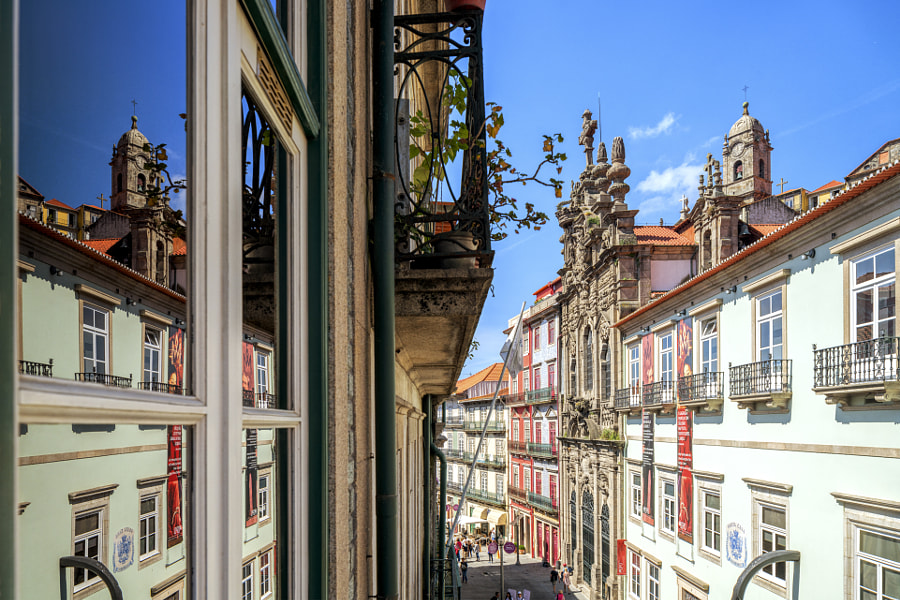

Rua das Flores one of the historical streets of Porto to visit
From São Bento station nearby, down the beautiful Rua das Flores, declared a World Heritage Site. It is a pleasant walk through the upper ... -
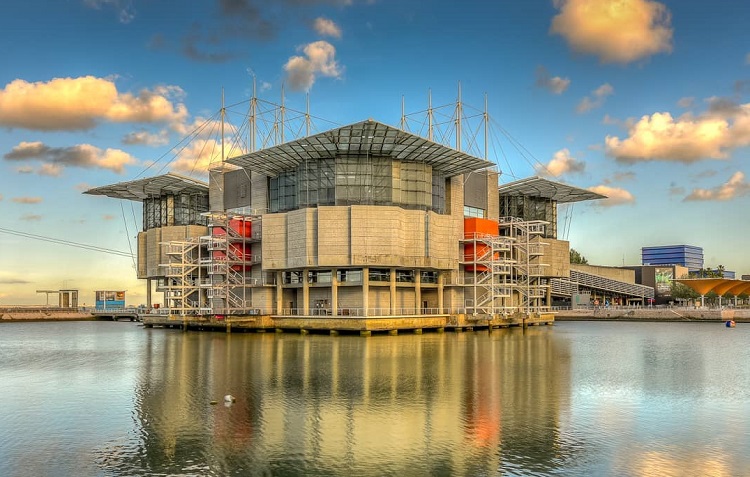

This is the best oceanarium in the world in Lisbon Portugal
The Lisbon Oceanarium was considered, for the third time, the "Best Aquarium in the World". The award was made by TripAdvisors Travelers Choice 2... -
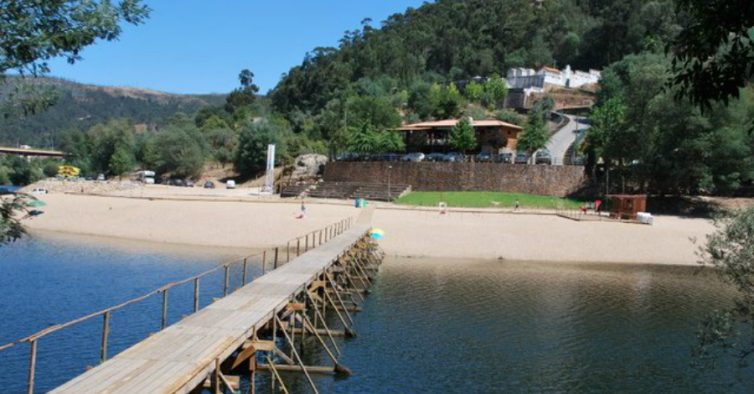

Reconquinho Beach, one of the most beautiful beaches in Portugal
Reconquinho river beach, in Penacova, Coimbra, was highlighted by the National Geographic channel on its website, which considered it one of the nine ... -
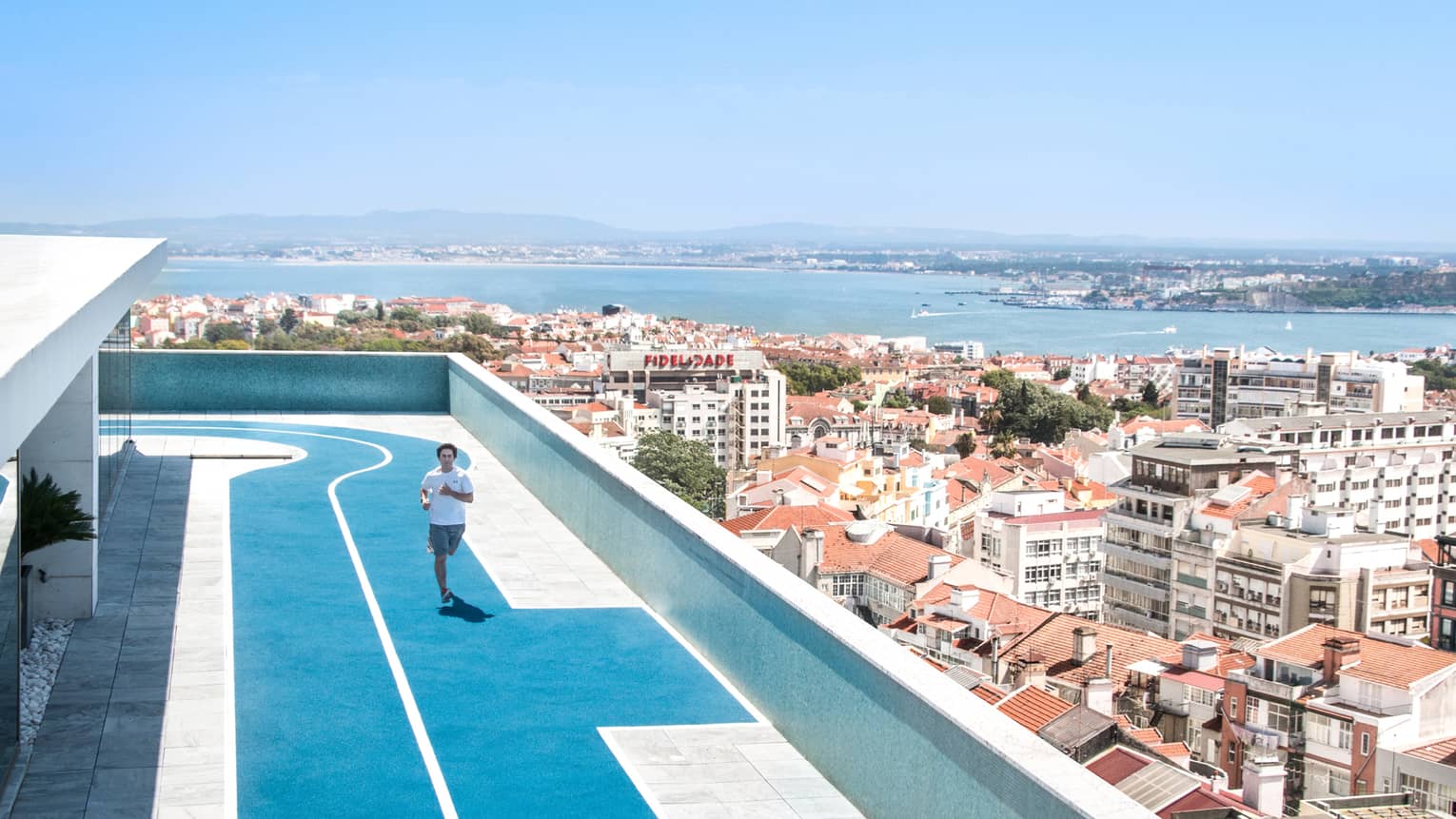

There is a 400 meter running track at the top of the hotel Ritz Lisbon
It is the most exclusive place to race in Lisbon. On the terrace of this five-star Ritz hotel is a 400-meter runway with breathtaking city views ... -
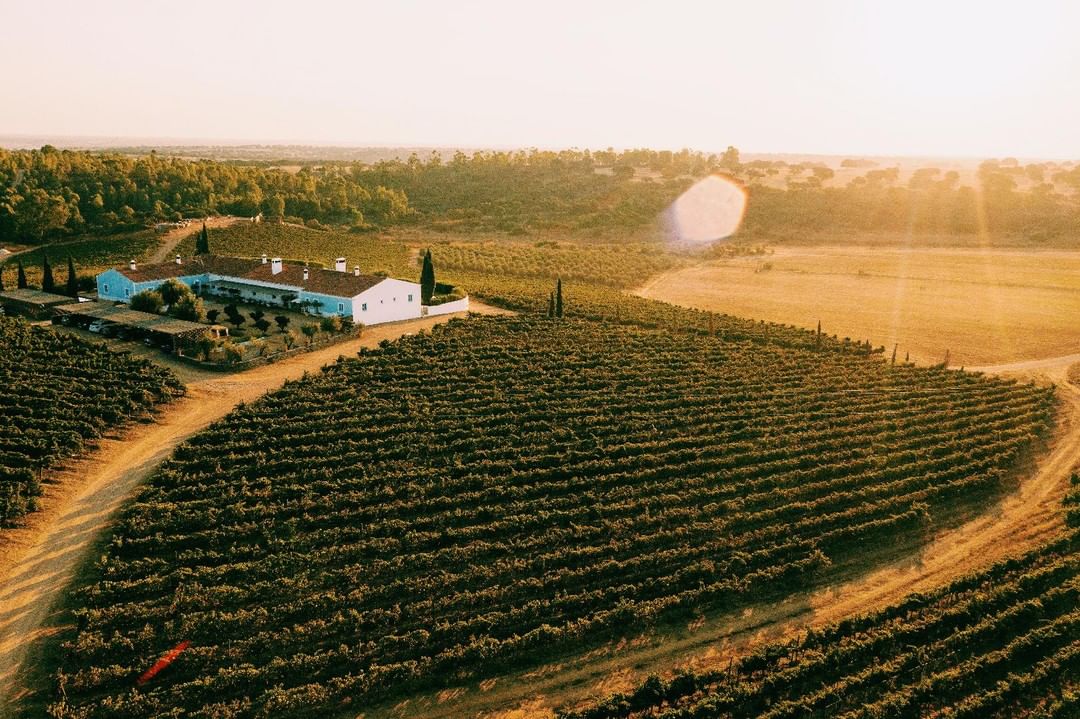

This is one of the must-see spots in rural Europe, according to The Guardian
From March, the Alentejo region of southern Portugal becomes a multicolored image: with yellow clover, wild red poppies, white daisies and purple lili... -
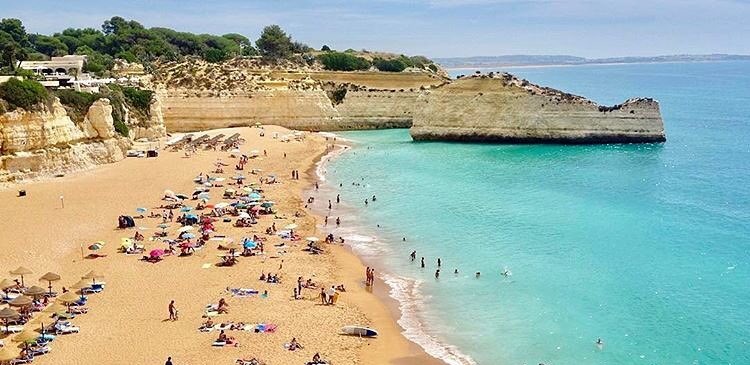

Tips on Accommodation in Portugal
When you check in at a hotel, you will see the official rates posted in the main lobby and somewhere in your room, perhaps at the bottom of the closet... -


25 Best Things to Do in Porto in 2020 Portugal
On the slopes above the Douro estuary, Porto is a historic market town with business and commerce written in its own name. The center is a World ... -
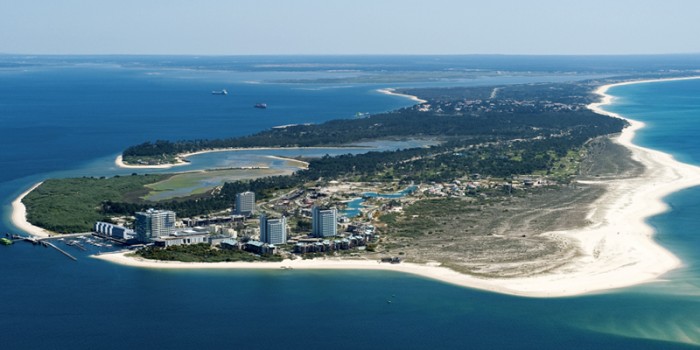

Discover Troia, one of Portugals top golf destinations
The isolated and secluded golf break has never been so close. Just an hours drive from Lisbon, Portugal is TROIA, the laid-back beach retreat off...
